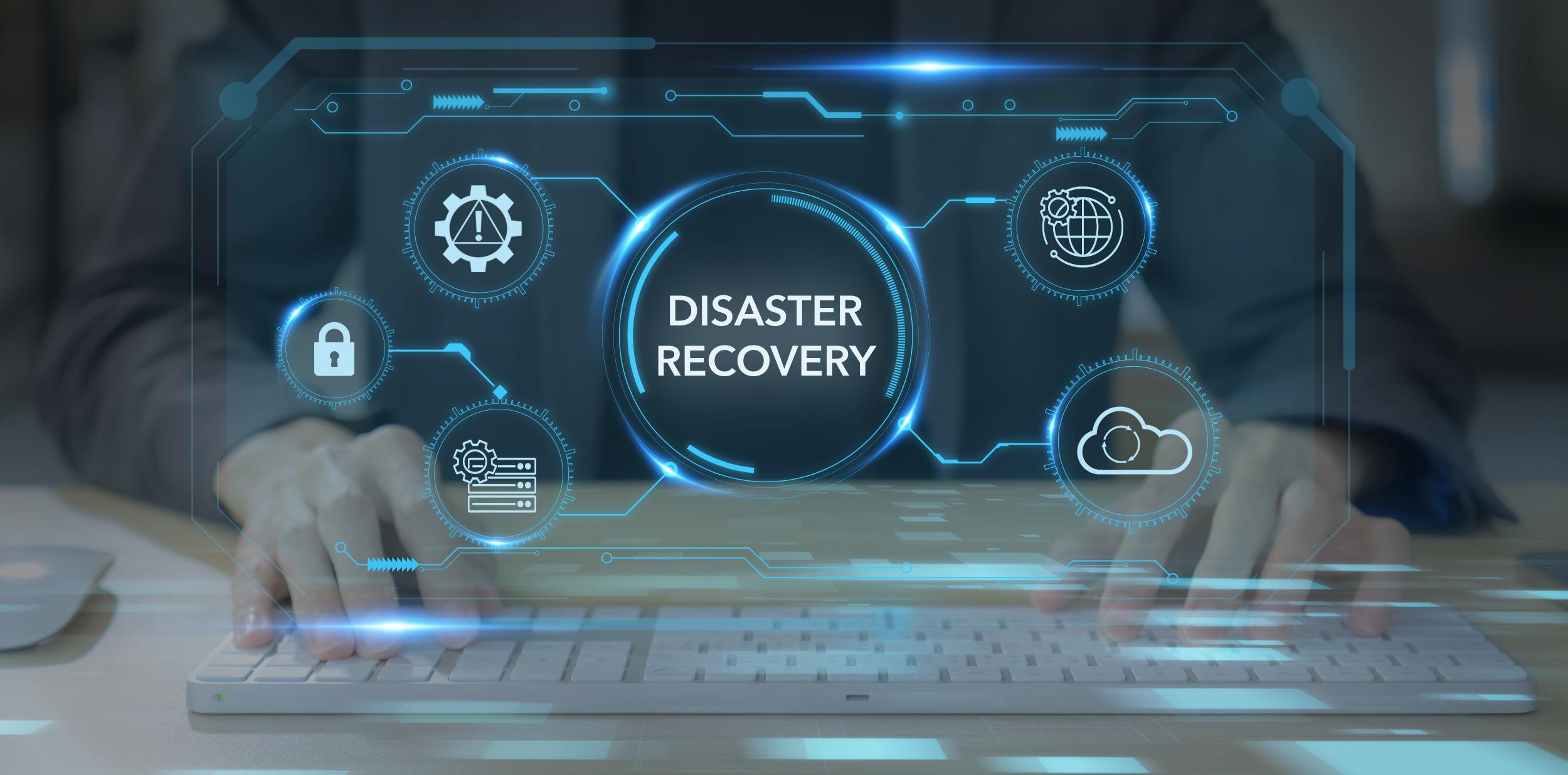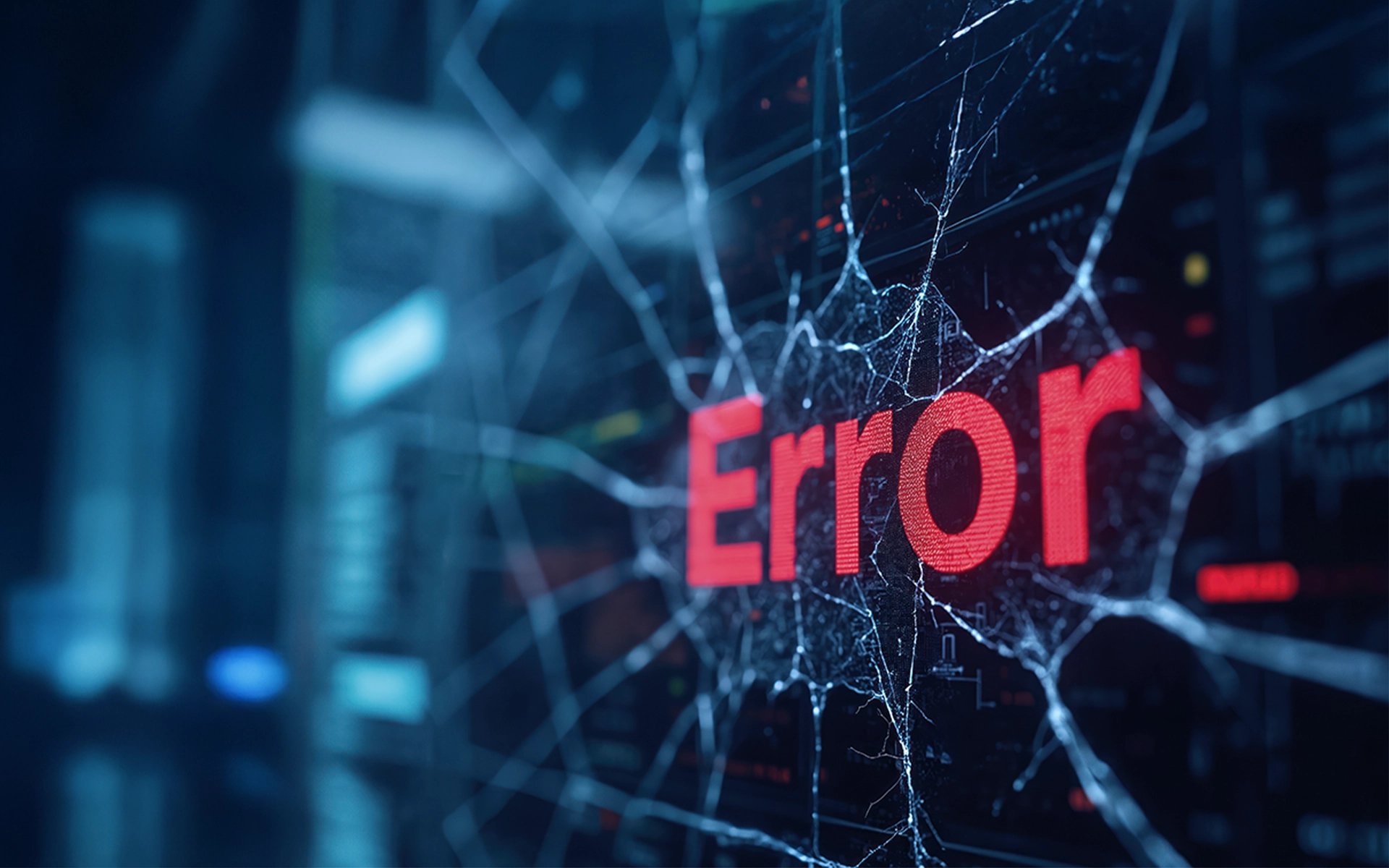5-MIN READ
Mastering the Types of Disaster Recovery Solutions
If you are running a business in Queensland, then you are no stranger to natural disasters. On average, 11 cyclones hit Australia each year, four of them passing through the state.
But cyclones are not all we're experiencing - flooding, thunderstorms, bushfires, heatwaves are common. The last few years we also went through a pandemic and a volcanic eruption in the pacific that triggered tsunami warnings for the Australian East coast line.
Any of those events can cause business disruption, as could cyber incidents, hardware failures, and user error.
Because there is no good time to expect a disaster, you must always be prepared!
The Importance of Business Disaster Recovery
To safeguard your business against unexpected disruptions, you need a Business Disaster Recovery (BDR) strategy - your lifeboat in case of a disaster.
Business Continuity, Disaster Recovery, and IT Resilience
Let's clarify these terms before diving any deeper.
Business continuity is about ensuring your business can continue to run during and after a disaster. It is the overarching concept to disaster recovery, which focuses on restoring your IT systems and data after a disaster. Meanwhile, IT resilience is the ability to adapt and recover quickly from any disruption.
If your business was a ship, IT resilience would include the strength of your ship's materials, the skills of your crew, and the effectiveness of your maintenance. But those could be overcome by a disaster, so you need to know what to do when it hits.
Business continuity is your plan for keeping your ship's essential operations going. This could involve moving passengers to safer parts of the ship or using buckets to remove the infiltrated water. In your business, this might mean switching to backup systems or working from a secondary location after a disaster.
Disaster recovery is like your emergency measures if the ship starts to sink. It can include lifeboats and emergency signals or, in real terms, backups of your data or systems that you can restore after a cyber-attack or a hardware failure.
Why You Need a BDR Strategy
A disaster recovery plan for Brisbane and Townsville businesses is a safety net that can enable them to keep operating under adverse conditions. This is crucial if you want:
- Less downtime: A disaster can force you to cease operations temporarily. Your goal is to reduce the pause period and resume ASAP.
- Data protection: Implementing data backup and recovery policies can protect your business data against loss or corruption.
- Reduced financial losses: Data loss or extended downtime can lead to significant losses. Mitigating these risks can prevent your business from losing money.
- Customer trust: Quickly recovering from a disaster can demonstrate reliability and help maintain trust and loyalty.
- Regulatory compliance: Many industries have regulations requiring businesses to have BDR plans in place to protect sensitive data.
- Peace of mind: Knowing there's a plan in place to handle disasters can provide business owners and stakeholders with peace of mind.
Types of Disaster Recovery Solutions
There are three common types of disaster recovery solutions.
1. Cloud-based Solutions
Cloud-based BDR solutions do not rely on physical servers, the recovery infrastructure is hosted in the cloud. use remote servers. You can access your data from anywhere and at any time.
These solutions are cost-effective (you only pay for what you use) and offer high flexibility and reliability.
2. On-premises Solutions
On-premises disaster recovery involves maintaining backup systems and servers at your business location. You have total control over this setup, but it may require having extra hardware and servers on-site. This can make it costly and lack scalability. For example, you might need duplicated servers that take over if the main servers fail, ensuring the business can still operate.
3. Hybrid Solutions
These combine the best of both worlds, using both cloud and on-premises solutions for optimal flexibility and security. It involves maintaining backup systems on-site and replicating critical systems and data to the cloud.
There are several scenarios where a company might need both a cloud-based and on-premise backup solution such as when a business operates in a hybrid environment, a regulatory compliance, a cost consideration or even for enhanced redundancy.
RTO and RPO: Measuring the Success of Your Disaster Recovery Strategy
Two key metrics in disaster recovery planning are Recovery Time Objective (RTO) and Recovery Point Objective (RPO).
RTO is the maximum time your business can afford to be down after a disaster. Restoring operations within your RTO can help avoid unacceptable losses or harm to your business.
RPO is the maximum amount of data loss you can afford from a disaster. It is the estimated time between the data loss incident and the last available valid backup. If the RPO is unmet, your business could also suffer significant data loss and disruption.
It's important to note that RTO and RPO are closely related but distinct metrics. Together, these metrics help organisations establish realistic goals and priorities for their disaster recovery efforts.
When planning for disaster recovery, organisations should aim to balance RTO and RPO requirements with the available resources, technology capabilities, and business needs. By defining clear RTO and RPO objectives, organisations can develop effective disaster recovery strategies, implement appropriate backup and recovery solutions, and minimise the impact of potential disruptions on business operations.
Why Data Security and Compliance Matter
BDR solutions play a vital role in helping organisations comply with industry regulations and standards by ensuring the protection, availability, and integrity of their data, facilitating business continuity and disaster recovery planning, and providing auditability and reporting capabilities. By implementing robust BDR strategies, organisations can enhance their regulatory compliance posture and mitigate the risk of non-compliance-related penalties and fines.
For these reasons, regular compliance audits and updates to security protocols are part of many DRPs.
Implementing IT Disaster Recovery Solutions
Disaster recovery planning isn't just about surviving the next cyclone. It's about ensuring your business can weather any disaster.
IT disaster recovery services and IT business continuity services can help you:
- Identify your critical IT systems
- Assess the threats to your systems
- Develop an IT recovery plan
- Update your DRP as your business grows
- Test your plan regularly to make sure it works
At ADITS, we partner with Datto for our clients Microsoft 365 backup and Acronis for their on-premise workload.
Don't wait until it's too late, contact ADITS and let's chat about the requirements of your environment and your industry obligations.
Stay up to date
Subscribe to our newsletter for IT news, case studies and promotions






